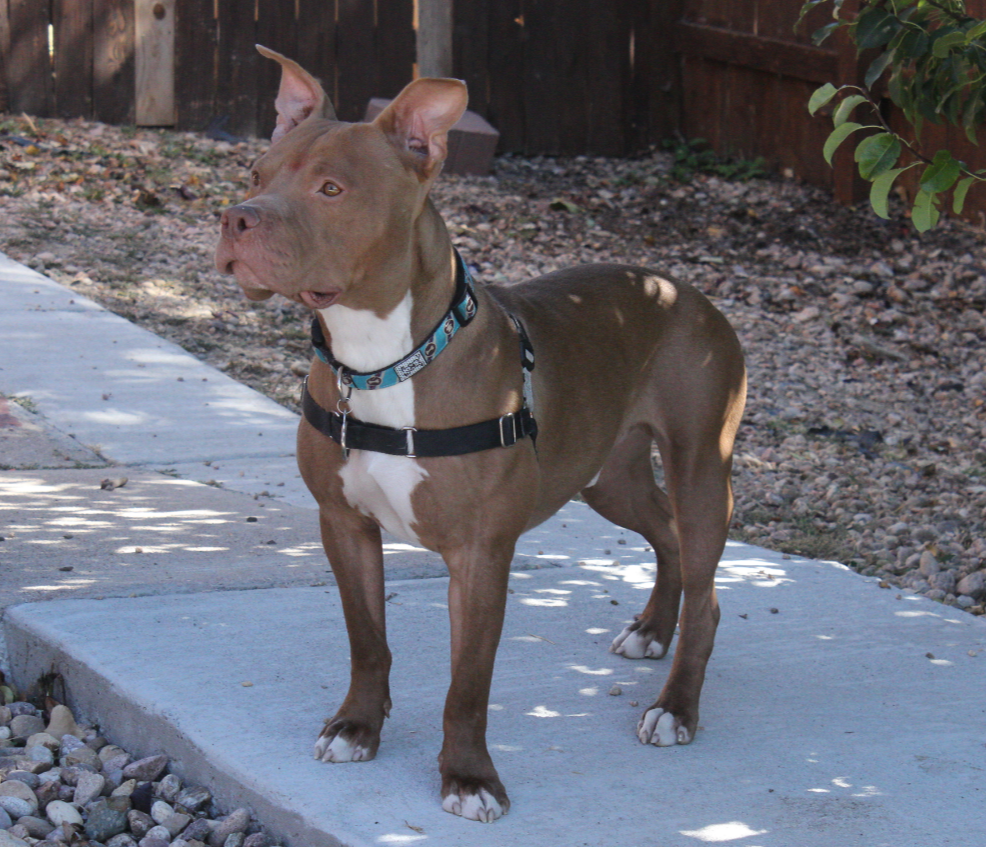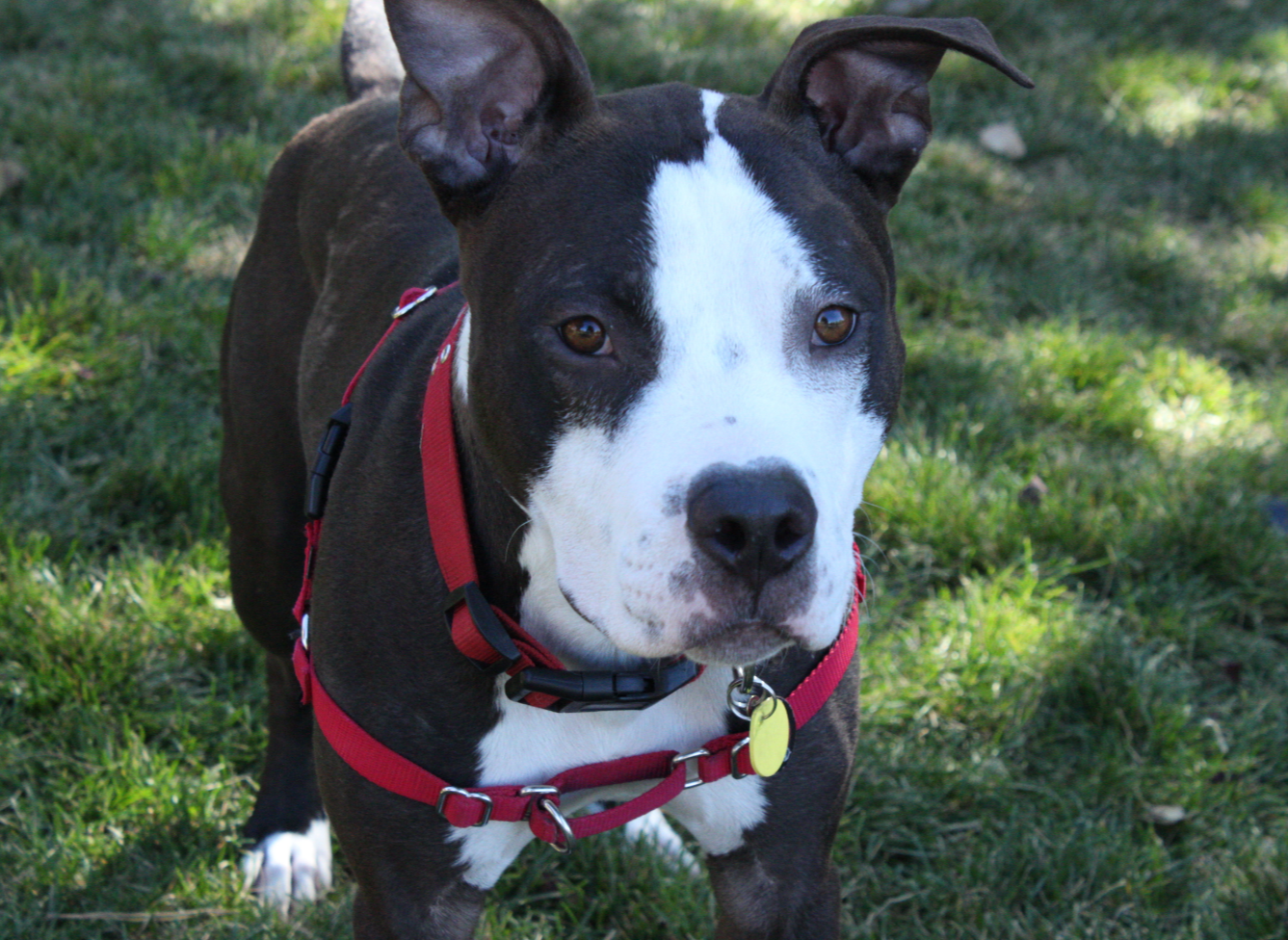Blog post by Charissa Beaubien KPA-CTP, CPDT-KA
Puppy chewing & biting. It is the number one behavior ALL of my puppy parents talk about. Some more than others but everyone has questions, frustrations, or anxiety when it comes to puppyhood chewing/biting. It is a VERY frustrating behavior and it HURTS. I often joke that puppies are just small gremlins with shark teeth and no one warns people about that fact. I deal with countless puppies and their owners every day - this week alone I have worked with 17 puppies and its only Wednesday. I know that it can be a huge task to raise a puppy through teething. In my last blog post I talked a lot about structure . . . so now let’s talk about how we can structure our puppies' lives so that we all can succeed (and keep our fingers!)!
First some background on puppy learning and growing. A puppy’s mouth is a painful place for most of their young lives. It is important to understand that many puppies chew or bite because their mouth and teeth hurt. Humans take 12 years or more to bring in baby teeth and loose them, and then, of course, pop up adult teeth. Puppies go through these stages in about 6 months or less - YIKES! That doesn’t sound very fun. Puppies loose 28 teeth (some more and some less depending on the breed and individual) deciduous or milk teeth. From there the adult teeth come in to replace those lost teeth and more so - puppies bring in their molars before 6 months of age for a total of 42 pearly white weapons. That means they are usually in pain from 8 weeks – 6 months as this process happens. And then, these adult teeth need to ‘set’ which can take up to 18 months. Can you imagine those needles popping through your gums at that rate! OUCH!
As our puppies are working through this painful developmental period, we can help them by providing them a structure that allows them to learn and develop into the adult dog we want to share our life with.
My recommendations for creating a structure that supports living with these land sharks are as follows.
- Ensure your puppy has plenty of sleep! Sleep is highly important in puppy hood more so than almost anything else. Not only does your puppy need naps they need naps that are somewhere that they can completely relax, do not put the responsibility on your puppy to watch the house when they should be napping. Place them in an enclosed, somewhat boring place like an x-pen or crate and then give them a puppy pacifier (chew, kong, etc) and allow them to nap. If it is 6pm and you are playing with puppy and he charges open mouthed, it is likely due to being tired. That puppy needs a potty break and a nap.
- Feed a high quality diet out of LOTS of puzzle toys. Give your puppy a new meal time puzzle toy and allow them to discover how to get their dinner out of it by themselves. Do not help, do not show them how it works, allow them to discover and learn. Coupled with that I also want to structure this by starting off with an easy puzzle and building as your puppy discovers they can accomplish SO MUCH if they just push themselves. We've blogged on this here and here if you want more on great puzzles and ideas!
- Finally, your home should have boundaries. Allowing a young dog to roam free is like giving your 2-year-old the keys to your car. Restrict rooms you know your puppy cannot make good decisions in. Baby gates are key. The rooms your puppy does have access to should be littered with chews, bones, Kongs, etc. NOT STUFFED TOYS – we'll talk about that another time. Just soft to moderately hard things for your puppy to put his mouth on that is appropriate. Believe me, spending $100 on these items now is way cheaper then replacing your furniture or carpet.
If your puppy starts to branch out and nibble on the couch, simply do an equal trade and restrict the couch room for now. Do not make their nibbling on other things a big deal, simply switch out items and move on. If a puppy learns they can get a reaction out of us (good or bad) they are usually more likely to keep nibbling. Some days you may exchange 2 items some days 900 this is a part of raising a land shark.
A good breeder will often keep puppies with mom and litter mates until they are 9-10 weeks which allows puppies to learn what is okay biting and what isn’t, at a young age. This is great bite inhabitation. Studies show that a puppy that leaves their litter and mom at an earlier age tends to be mouthier and show less bite inhibition as an adult. Keeping your puppy with its litter may not be an option by the time you are reading this, but it can help you understand your puppy a little bit better.
There is a lot of information out there about puppy hood and raising a land shark. One popular point of advice is screeching ‘ouch’ when your puppy bits. Many times this works, it certainly makes us feel better, but let’s be honest that this is meant to scare our puppy into releasing our skin. For many puppies this can be scary, for others it is just right, and for even more puppies this is a great game that makes the human interact with me more! What I want to be clear about is that the only way to help your puppy and get you through these months is to have a structure for them to exist in that allows for learning and growth. At no point should we get mad at them because we brought them into our lives. If you feel frustrated just think about how they are feeling. Do not grab your puppies mouth, shove your hand into their mouth, or yell at them. Puppies do not understand why you are causing them pain and that will only create fear and possibly more desperate biting.
Enjoy puppy hood and remember to give your puppy what they need to succeed. This time period will pass and if you give your new learner the structure and tools for success while their brain develops you will have a well-rounded adult dog.
To all my land shark babies and their wonderful owners. Happy holidays!
It gets better, we promise!






















